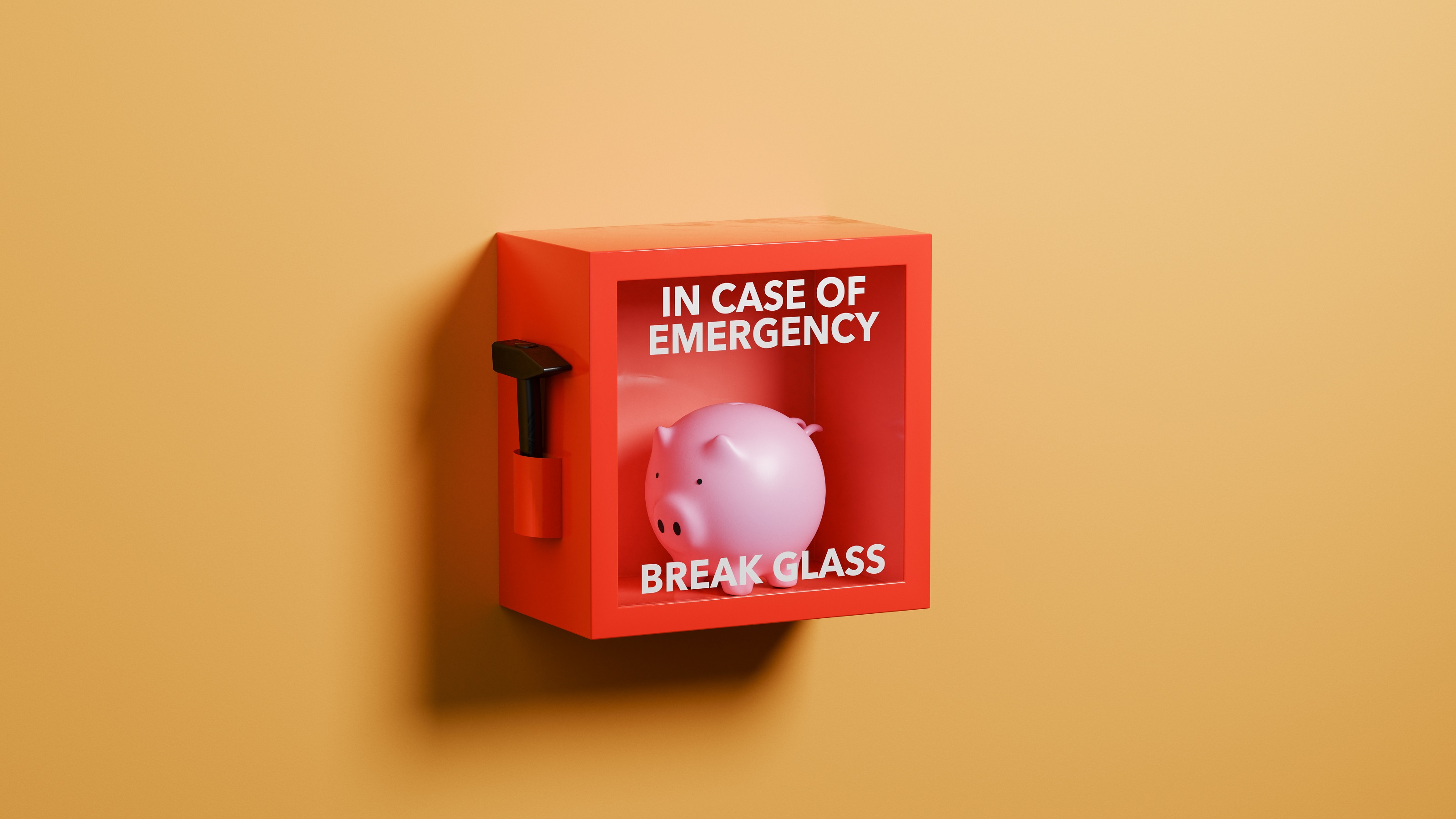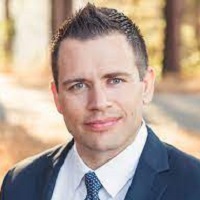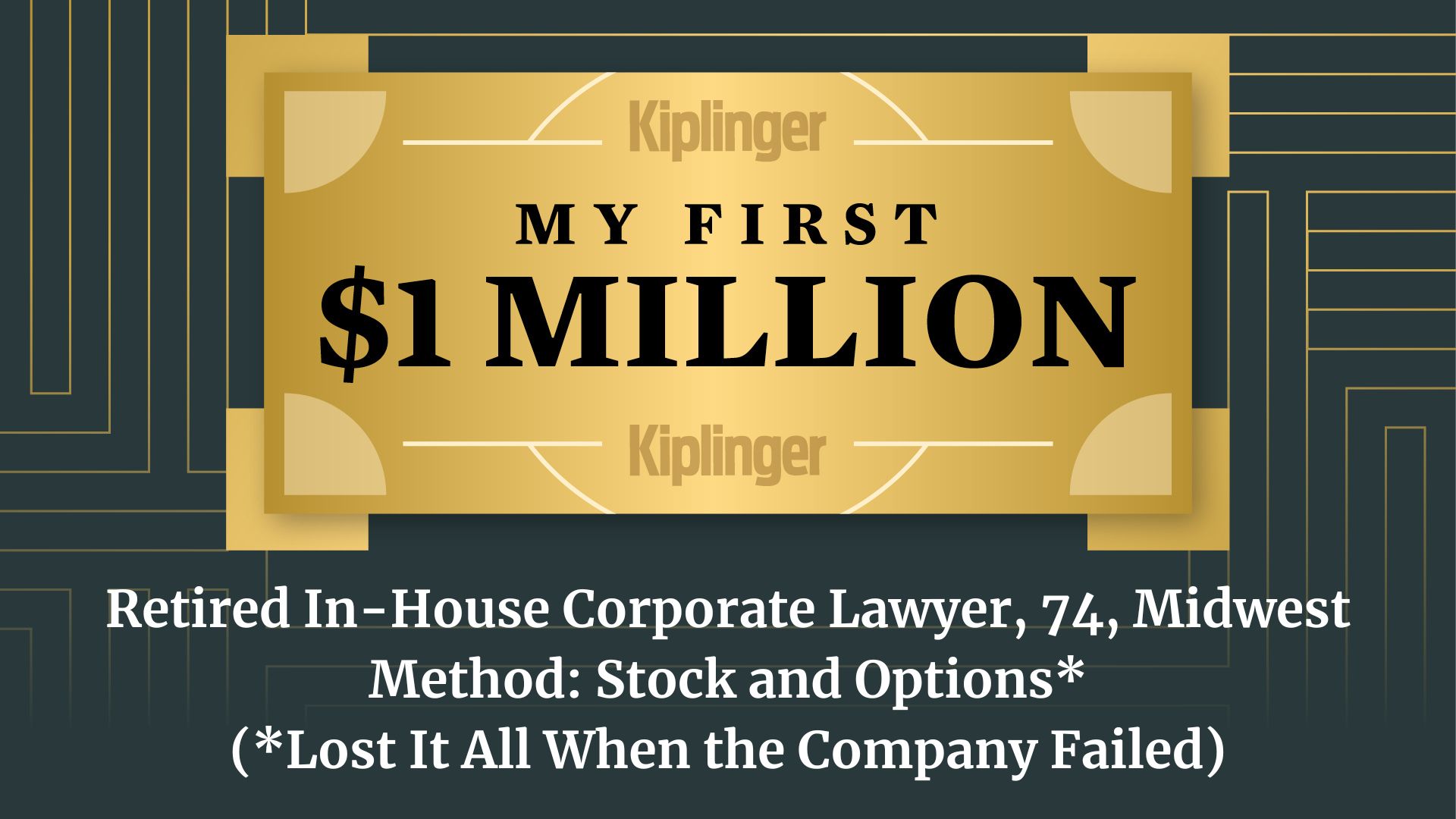Saving for Your Emergency Fund: As Easy as 1-3-6
An emergency fund that can cover six months' worth of expenses is far easier to build if you focus on smaller goals at first.


Americans are facing higher costs today in almost every area of life — health insurance, groceries, housing and more. So it’s understandable that Bankrate's 2024 Annual Savings Report shows 27% of U.S. adults have no emergency savings at all — and a further 29% don’t have enough saved to cover three months of expenses.
Whether you’re building an emergency fund from scratch or trying to add to a small sum you’ve already managed to save, it can be hard going. We’re going to take a look at why your emergency fund matters … and how to use the 1-3-6 framework to build yours.
Why build an emergency fund?
An emergency fund is an easy-to-access cash reserve that should be used only for urgent unexpected costs. This might include out-of-pocket medical expenses, car or appliance repairs, funeral expenses or salary replacement if you’re laid off from your job.
From just $107.88 $24.99 for Kiplinger Personal Finance
Become a smarter, better informed investor. Subscribe from just $107.88 $24.99, plus get up to 4 Special Issues

Sign up for Kiplinger’s Free Newsletters
Profit and prosper with the best of expert advice on investing, taxes, retirement, personal finance and more - straight to your e-mail.
Profit and prosper with the best of expert advice - straight to your e-mail.
Your emergency fund lets you handle these expenses without being forced to turn to racking up high-interest debt. It also gives you peace of mind: Bankrate found that “not having enough emergency savings” is a source of financial stress for 59% of Americans.
Having that money in the bank also lets you:
- Build wealth, as you won’t need to turn to other sources for urgent cash. For example, if you don’t have an emergency fund, you might end up taking a “hardship withdrawal” from your 401(k).
- Get closer to a big goal, whether that’s financial independence, early retirement or taking a career sabbatical.
- Keep life running smoothly so you can afford to replace your washer if it breaks or get your car repaired quickly.
You need an emergency fund even if you have insurance. As Curran Clark, a co-founder at ContractorNerd, explains, “Most insurance policies include a deductible — and this can be surprisingly high. The average deductible for employer-sponsored health plans in the U.S. was $1,735 in 2023. Without an emergency fund, one unexpected medical event could plunge you deep into credit card debt or push you into taking out a high-interest loan.”
Why use the 1-3-6 method for building your emergency fund?
The 1-3-6 method is a practical, realistic way to build your emergency fund — even if you don’t have much money to spare each month.
With this method, your end goal is to have six months of expenses covered (according to Bankrate, 63% of Americans say this is the minimum they’d need to feel comfortable). But each separate milestone is a real achievement, so you can focus on building your emergency fund in a steady, sustainable way.
One month of living expenses
Your first goal in the 1-3-6 emergency fund method is to get together one month of expenses. Here’s how to do it:
Step 1: Work out how much you need
To know when you’ve reached your goal, you need to first know what your essential spending is each month. That will likely include:
- Housing costs (rent, mortgage, home insurance)
- Transportation (car payment, car insurance, fuel)
- Food
- Utilities (electricity, gas, water)
- Communications (cellphone, internet access)
If you have a partner, work out your joint costs. If you have a family, you may have additional expenses, such as daycare.
Step 2: Set up a bank account for your emergency fund — and start adding to it regularly
You should have a separate bank account for your emergency fund so you don’t dip into it accidentally. Jonathan Feniak, general counsel at LLC Attorney, recommends using a high-yield savings account to get a higher interest rate but maintain fast access to your cash.
He also recommends setting up automatic transfers from your main checking account to your emergency fund.
You can take as long as you need to build your emergency fund. Let’s say your fixed expenses are $2,400 per month. By putting away just $200 a month, you’d have a full month of emergency savings after a year.
Step 3: Work on decreasing high-interest debt
Don’t try to eliminate debt before building your emergency fund. If you do this, you could quickly find yourself back in debt — emergencies that crop up could throw you off track.
Instead, try to tackle any high-interest debts (like credit cards and personal loans) alongside building your emergency fund.
Even if you can’t pay this debt off rapidly, make sure you’re at least covering the minimum amount required by the lenders. As Kathryn MacDonell, CEO at Trilby Misso Lawyers, points out, “The Fair Debt Collection Practices Act (FDCPA) ensures that no individual is imprisoned for the nonpayment of debt, including personal credit card debt. However, you can still be sued for the nonpayment, and any court order related to that lawsuit you don’t comply with can result in your arrest.”
Three months of living expenses
Once you have a full month of expenses in your emergency fund — congratulations! — the next phase of the 1-3-6 method of building and managing your fund focuses on saving three months’ worth of expenses. This gives you enough money to cover a period of unemployment or to handle a high, unexpected bill.
Don’t be discouraged if this stage takes a while. Keep putting money into your emergency fund, ideally through an automated transfer, with each paycheck.
You might also look at ways to:
- Reduce discretionary spending (such as eating lunch out or buying new clothes) so you can divert more money into your emergency fund.
- Reduce your fixed monthly expenses (e.g. cutting your grocery bill). This not only lets you build your emergency fund faster, it reduces the total amount you need to save.
As you build your emergency fund, don’t forget about saving for retirement. Most Americans do this through a 401(k) plan provided by their employer. But if you’re self-employed (more than 10% of the American workforce is), you can still get a 401(k).
Rob Gold, VP of marketing communications at Intermedia, explains, “A self-employed individual can invest in retirement plan accounts like a solo 401(k) that allow you to take advantage of pre-tax contributions, eventually lowering your individual tax bill. Not only do you get more money for retirement, but lower taxes allow you to allocate more money to building your emergency fund.”
Six months of living expenses
The final phase of the 1-3-6 method involves building an emergency fund to cover six months’ worth of expenses, gradually allocating money to both your emergency fund and investment plans.
Once you’ve reached this goal, you’ll have more financial freedom — and you’ll open up choices and opportunities. For instance, if you’re laid off, you’ll have a cushion of money to buy you the time you need to find a job that’s a great fit for you. You won’t need to settle for the first job you can get.
If you don’t have an emergency fund, the sooner you start to build one, the better.
Even if you can put just $10 or $20 each week into your emergency fund to begin with, you’ll soon be in a better position to cover unexpected bills — and you’ll be well on your way to having your first month’s worth of expenses covered.
Related Content
- How Can I Prepare for an Unexpected Financial Emergency?
- That Cash in Your Emergency Fund Doesn’t Have to Be Idle
- Five Side Hustles You Could Turn Into a Full-Time Business
- Seven Ways to Manage Your Financial Stress
- Eight Tips for Managing Fluctuating Income
Profit and prosper with the best of Kiplinger's advice on investing, taxes, retirement, personal finance and much more. Delivered daily. Enter your email in the box and click Sign Me Up.

Anthony Martin is CEO and Founder of Choice Mutual. Nationally licensed life insurance agent with 10+ years of experience. Official Member at Forbes Finance Council. Obsessed with finances, building tech and collaborating with other successful entrepreneurs.
-
 I'm want to give my 3 grandkids $5K each for Christmas.
I'm want to give my 3 grandkids $5K each for Christmas.You're comfortably retired and want to give your grandkids a big Christmas check, but their parents are worried they might spend it all. We ask the pros for help.
-
 If You're Not Doing Roth Conversions, You Need to Read This
If You're Not Doing Roth Conversions, You Need to Read ThisRoth conversions and other Roth strategies can be complex, but don't dismiss these tax planning tools outright. They could really work for you and your heirs.
-
 Could Traditional Retirement Expectations Be Killing Us?
Could Traditional Retirement Expectations Be Killing Us?A retirement psychologist makes the case: A fulfilling retirement begins with a blueprint for living, rather than simply the accumulation of a large nest egg.
-
 I'm a Financial Planner: If You're Not Doing Roth Conversions, You Need to Read This
I'm a Financial Planner: If You're Not Doing Roth Conversions, You Need to Read ThisRoth conversions and other Roth strategies can be complex, but don't dismiss these tax planning tools outright. They could really work for you and your heirs.
-
 Could Traditional Retirement Expectations Be Killing Us? A Retirement Psychologist Makes the Case
Could Traditional Retirement Expectations Be Killing Us? A Retirement Psychologist Makes the CaseA retirement psychologist makes the case: A fulfilling retirement begins with a blueprint for living, rather than simply the accumulation of a large nest egg.
-
 I'm a Financial Adviser: This Is How You Can Adapt to Social Security Uncertainty
I'm a Financial Adviser: This Is How You Can Adapt to Social Security UncertaintyRather than letting the unknowns make you anxious, focus on building a flexible income strategy that can adapt to possible future Social Security changes.
-
 My Teen Crashed His Car and Now Our Insurance Has Tripled. What Now?
My Teen Crashed His Car and Now Our Insurance Has Tripled. What Now?Dealing with the costly aftermath of a teen car accident is stressful. Here are your options for navigating it.
-
 My First $1 Million: Retired In-House Corporate Lawyer, 74, Midwest
My First $1 Million: Retired In-House Corporate Lawyer, 74, MidwestEver wonder how someone who's made a million dollars or more did it? Kiplinger's My First $1 Million series uncovers the answers.
-
 I'm a Financial Planner for Millionaires: Here's How to Give Your Kids Cash Gifts Without Triggering IRS Paperwork
I'm a Financial Planner for Millionaires: Here's How to Give Your Kids Cash Gifts Without Triggering IRS PaperworkMost people can gift large sums without paying tax or filing a return, especially by structuring gifts across two tax years or splitting gifts with a spouse.
-
 'Boomer Candy' Investments Might Seem Sweet, But They Can Have a Sour Aftertaste
'Boomer Candy' Investments Might Seem Sweet, But They Can Have a Sour AftertasteProducts such as index annuities, structured notes and buffered ETFs might seem appealing, but sometimes they can rob you of flexibility and trap your capital.
-
 AI Stocks Lead Nasdaq's 398-Point Nosedive: Stock Market Today
AI Stocks Lead Nasdaq's 398-Point Nosedive: Stock Market TodayThe major stock market indexes do not yet reflect the bullish tendencies of sector rotation and broadening participation.